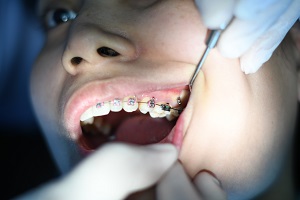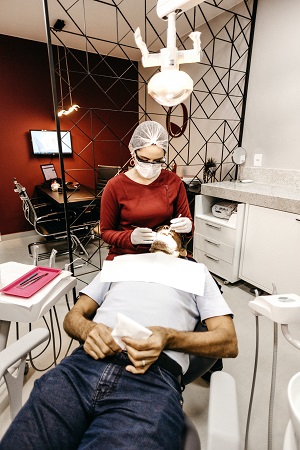You’ve had some dental work done, and your mouth is on the mend. After oral surgery, you’re probably more aware than ever of the need to keep things clean and germ-free.
One crucial part of that is making sure your toothbrush doesn’t become a breeding ground for nasty bacteria. That’s where toothbrush sanitizers come to the rescue. In this article, we’ll talk about how these nifty devices can make sure your toothbrush stays super clean after mouth surgery.

Why Sterile Toothbrushes Matter After Mouth Surgery
Oral surgery can leave your mouth in a bit of a delicate state. You’ve got surgical sites, stitches, and wounds that need extra care to heal properly.
The last thing you want is to introduce some harmful bacteria into the mix by using a not-so-clean toothbrush. That could lead to infections, slow healing, or more discomfort—none of which you want after surgery.
The Challenge of Keeping Things Germ-Free
Now, let’s be real. Bathrooms aren’t exactly sterile labs, right? Your toothbrush hangs out near the sink and the toilet, so it’s not immune to airborne particles or water splashes.
Plus, it can even bring germs from not-so-clean hands.
How Toothbrush Sanitizers Can Help
Toothbrush sanitizers are like your secret weapon in the fight against post-surgery germs. They usually use fancy tech, like UV-C light, to zap away the nasty stuff on your toothbrush bristles. Here’s why they’re a bacteria-changer:
Sterilization Power
Toothbrush sanitizers can wipe out up to 99.9% of bacteria on your toothbrush. That’s a serious germ-killing party right there.
Infection Prevention
By lowering the bacterial load on your toothbrush, these gadgets help keep infections at bay. That’s especially important when you’ve got surgical wounds in your mouth.
Speedy Recovery
Oral hygiene is a big deal when you’re healing after mouth surgery. A sanitized toothbrush means you can clean your teeth without worrying about adding more germs to the mix.
Peace of Mind
Knowing your toothbrush is germ-free gives you one less thing to stress about during your recovery. You can focus on feeling better.
Using Toothbrush Sanitizers After Mouth Surgery
Here’s the lowdown on how to use toothbrush sanitizer after oral surgery:
Rinse First
Before you pop your toothbrush in the sanitizer, give it a good rinse under the tap to get rid of toothpaste and gunk.
Pop it in
Follow the instructions that come with your sanitizer to put your toothbrush inside.
Zap Those Germs
Start the sanitizing process according to the device’s directions. Most of them use UV-C light to do their germ-zapping magic.
Keep it Up
Use the toothbrush sanitizer as part of your daily oral hygiene routine to make sure your toothbrush stays germ-free.

Conclusion
Toothbrush sanitizers are your post-oral surgery heroes. They’re there to make sure your toothbrush stays as clean as a whistle, reducing the risk of infections and helping you recover smoothly.
So, after your mouth surgery, consider adding a toothbrush sanitizer to your routine. It’s a small step that can make a big difference in maintaining excellent oral hygiene and ensuring a successful recovery.
 Abraham
Abraham